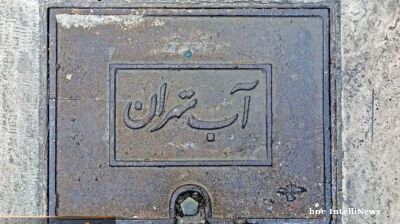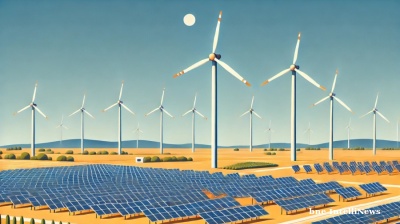Reservoirs around Iran’s capital, Tehran, are 74% empty, the head of Tehran Regional Water Company said on September 23.
The water crisis in Tehran, a city and region of around 10mn people, highlights the broader pattern of drought and water scarcity in West and Central Asia. Countries across the region such as Iran, Kazakhstan and Uzbekistan have been grappling with reduced rainfall, depleted groundwater resources and increased water demand due to population growth and agricultural needs. Earlier in August, the local Iranian government notified that water consumption and drought had broken all previous records in the latest in a string of worsening statistics.
Behzad Parsa, CEO of Tehran Regional Water Company, stated that the total water volume in Tehran's five main dams had reached 493mn cubic metres, only about 26% of their total capacity.
Historically, dams dotted around Tehran, many of them built with US technology and assistance before the Islamic Republic's founding in 1980, have also acted as hydropower plants (HPPs) for the city, which has faced an increasing number of brown- and blackouts in 2024 due to increased demand in extreme heatwaves.
Despite this figure representing a 23% increase compared to the same period last year, Parsa warned it was "a serious alert and emphasis on the need to manage consumption in the coming year," Jahan News reported.
“For several years, not only Tehran Province but the country has been facing low rainfall and drought, so that in the past water year, the province's rainfall was about 239 millimetres, about 14% decrease compared to the long-term average,” Parsa said.
The Iranian Meteorological Organisation (IMO) has forecast continued low rainfall for the upcoming autumn, further straining water resources.
The local weather expert also said: “The concentration of population in Tehran city and province in a low-water area has made efficient water consumption inevitable,” adding that “Currently, the water [volumes] in Amir Kabir and Taleqan dam reservoirs [are] about 114 and 260 mcm respectively, compared to 111 mcm and 204 mcm last year.”
Temperatures have exceeded 40 degrees Celsius (104 Fahrenheit) at 170 weather stations across Iran throughout July, state-controlled Tasnim News Agency reported.
The organisation's data revealed a stark 40-degree temperature difference between the coolest and hottest regions over the past 24 hours.
On July 19, neighbouring Iraq’s weather monitoring services recorded 50 Celsius in several regions across the country.
Baghdad also experienced extreme heat, reaching up to 47 degrees Celsius. Erbil and Dohuk in the north will be relatively cooler but still hot, with temperatures of 43 and 42 degrees Celsius respectively.
Southern areas in Iran close to the Persian Gulf also have the added complexity of humidity, increasing strain and putting extra demand on the local electricity grid, which is currently failing in several cities.
Earlier on July 17, Dubai reported that it had seen the so-called “humidex” records "feels like" temperature soaring to 62 Celsius (143.6 Fahrenheit).
bneGREEN

Kyrgyzstan says neighbours “upset” by country’s lack of water
“This year we were supposed to overcome shortages, but instead, they have intensified,” deputy head of cabinet tells Uzbekistan and Kazakhstan.

EXPLAINER: What is the EU’s CBAM and how will it affect global trade from 2026?
The European Union’s Carbon Border Adjustment Mechanism (CBAM) will enter its full operational phase on January 1, 2026, marking a major shift in global climate and trade policy.

Iran faces critical water crisis after driest year in five decades
Iran faces critical water crisis after driest year in five decades with 40% nationwide rainfall drop.

Global renewables to double by 2030, but IEA warns momentum must accelerate
Global renewable energy capacity is on course to double by 2030, reaching 4,600 GW—comparable to the current combined total of China, the European Union and Japan—according to the International Energy Agency’s Renewables 2025 report.




